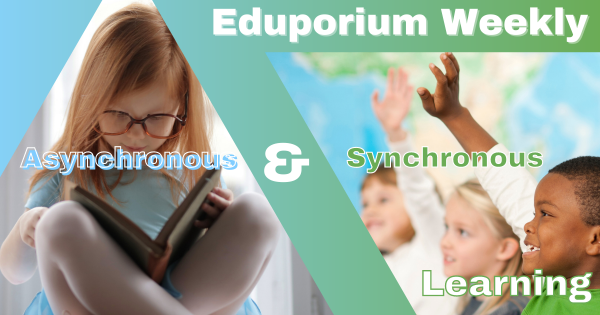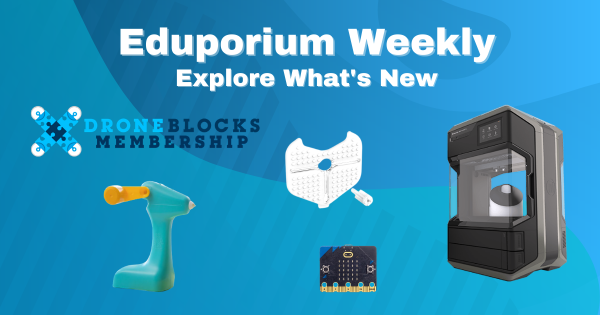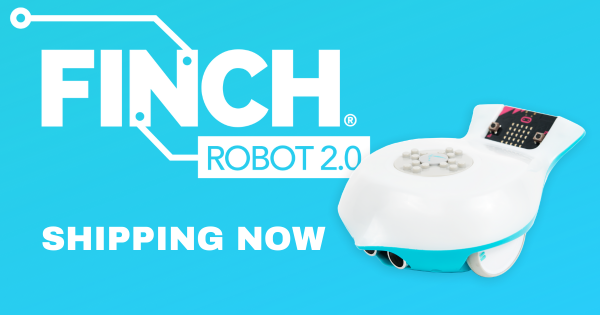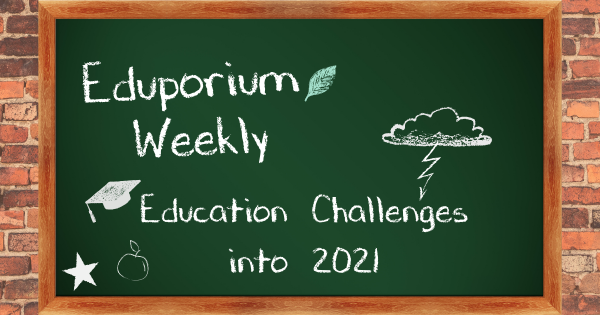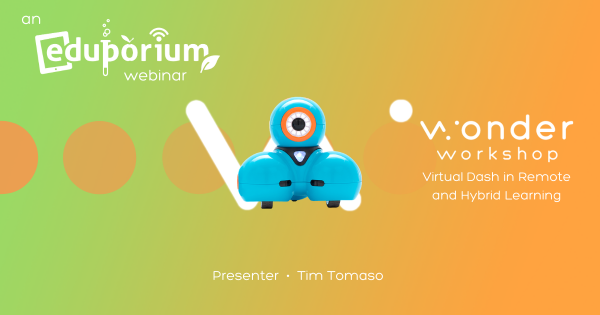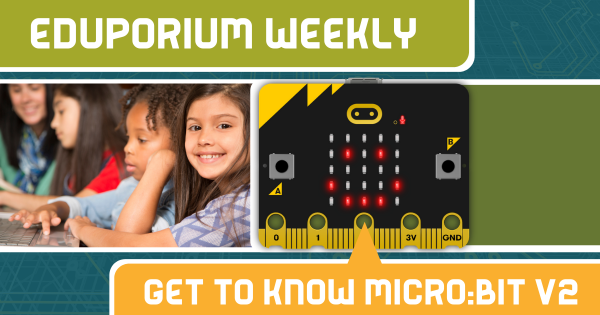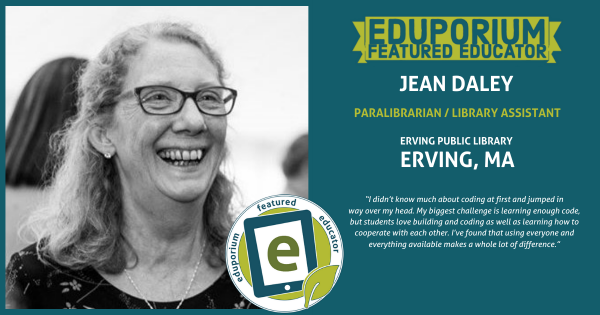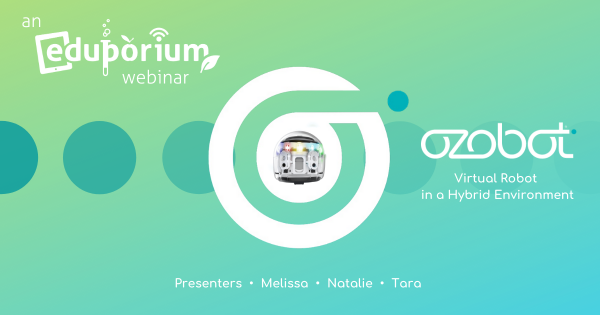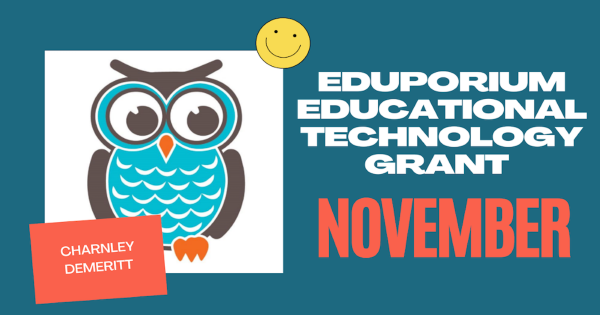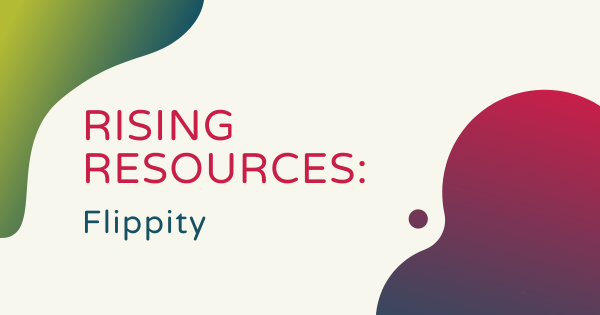Synchronous and asynchronous learning have each become important topics throughout various education communities and the subtle features of each are valuable for today’s educators to know. If you’re moving back and forth about which method to use or find yourself switching regularly, read on to learn more.
Eduporium Blog
-
Eduporium Weekly | 5 New STEM And EdTech Tools On Our Store
Our one-stop shopping experience is a favorite among K-12 tech teachers and specialists and our Educator Discount on technology and quoting help make it easier to obtain STEM tools from various manufacturers and STEM disciplines in one place. So, what’s among the newest offerings we’re able to provide for students involved in remote, hybrid, or in-person learning? -
The Finch Robot 2.0 Is Ready To Ship!
One of the more highly anticipated educational technology releases within recent years, the Finch Robot 2.0 is now shipping! Much more robust and versatile than the original Finch Robot from BirdBrain Tech, this new Finch 2.0 is a viable coding and robotics solution for students across every K-12 grade and allows students of different ability levels to try coding in -
Eduporium Weekly | Challenges Around Education In 2021
Many of the insights we’ve gained about education amid the pandemic are lessons most of us wouldn’t have thought we would need to learn but they have become very valuable. Now, educational leaders are dealing with the prospect of carrying over these insights as they create meaningful student experiences while also trying to apply new knowledge going forward. -
Dash's Neighborhood + Remote And Hybrid Coding
The Wonder Workshop team has gone above and beyond in ensuring their coding and robotics tools (or, at the very least, digital variations of them all) remain available to students who might be doing their learning from home. The availability of their Dash’s Neighborhood platform enables students to explore coding concepts and create the same authentic programs online. -
Eduporium Weekly | Get To Know The micro:bit V2
In terms of its looks, the micro:bit V2 is very similar to the original micro:bit and even costs roughly the same as well. It has tons of added capabilities, however, and can bring exciting new wrinkles to coding education with the addition of a built-in speaker, a built-in microphone, and a redesigned LED matrix for creating programs. Keep reading to -
Eduporium Featured Educator: Jean Daley
Jean is a paralibrarian at the Erving Public Library in Erving, MA and, like so many others, she’s had to adapt some of the library’s programming to be accessible remotely—something she’s found success with so far by maximizing the resources she has available to her, including her colleagues at the library. -
Ozobot Virtual Coding Solutions for Remote and Hybrid
In the webinar, a lot is covered and we hope there is some helpful information for what you need when it comes to coding education in remote learning. Thanks to how it’s evolved along with the emergence of the Ozobot Classroom learning management system, teachers and students have been able to continue making use of this STEAM solution. -
The Recipient Of Our EdTech Grant For November!
We have presented our November EdTech grant to Charnley DeMeritt, who is a STEM lab teacher at the Oakview Elementary School, which is located in Simpsonville, SC! Part of the Greenville School System, their STEAM lab has evolved into a place where all students can experiment, think critically, and develop both hard and soft skills from their initial failures. -
Rising Resources | The Flippity Flashcard Generator
Flippity is an online tool teachers can use to easily turn any of their Google spreadsheets into sets of online flashcards plus various other instructional tools. Whether you’re in need of some flashcards that help students study, want to turn your classroom content into a game show and reviewing tool hybrid, or even help kids learn through board games, Flippity



